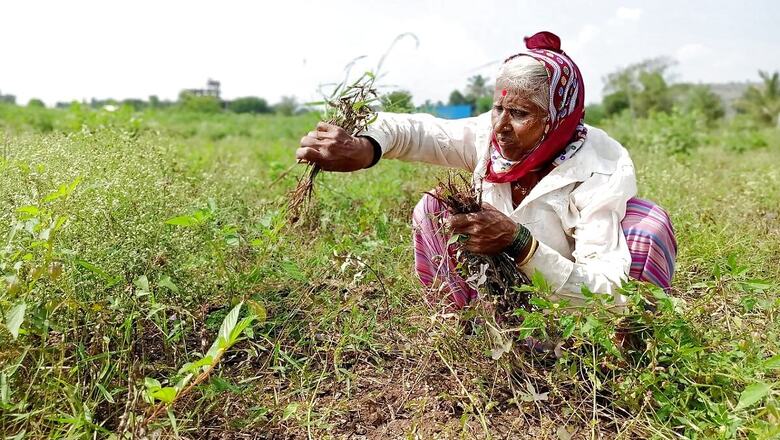
views
Seven out of the 28 commodities have seen a double digit growth in minimum selling price (MSP) in the last five years with Ragi registering the highest increase at 13 per cent, according to government sources. The crops witnessed an average growth of close to 8 per cent, showed the data.
MSP is essentially a form of market intervention undertaken by the government to provide a safety net to farmers in case of a price drop. It is a price for crops that the government guarantees to the farmers at all costs and under all circumstances.
The rise in MSP has been necessitated due to the fall in margins of profit for farmers. The Centre has aimed to double farmer’s income by 2022.
The Swaminathan Committee’s original recommendation was to fix the MSP at levels “at least 50 per cent more than the weighted average cost of production”. However, the committee failed to define what constituted the weighted average cost of production.
The CACP takes into consideration factors such as domestic and international prices, intercrop price parity, the overall demand-supply situation, and also the likely effect of the MSP on inflation.
Thousands of farmers have been protesting the Centre’s three farm laws — The Farmers’ Produce Trade and Commerce (Promotion and Facilitation), The Farmers (Empowerment and Protection) Agreement of Price Assurance, and Farm Services and The Essential Commodities (Amendment). They are apprehensive that the laws would pave the way for dismantling of the minimum support price (MSP) system, leaving them at the “mercy” of big corporates.
Read all the Latest News, Breaking News and Coronavirus News here




















Comments
0 comment